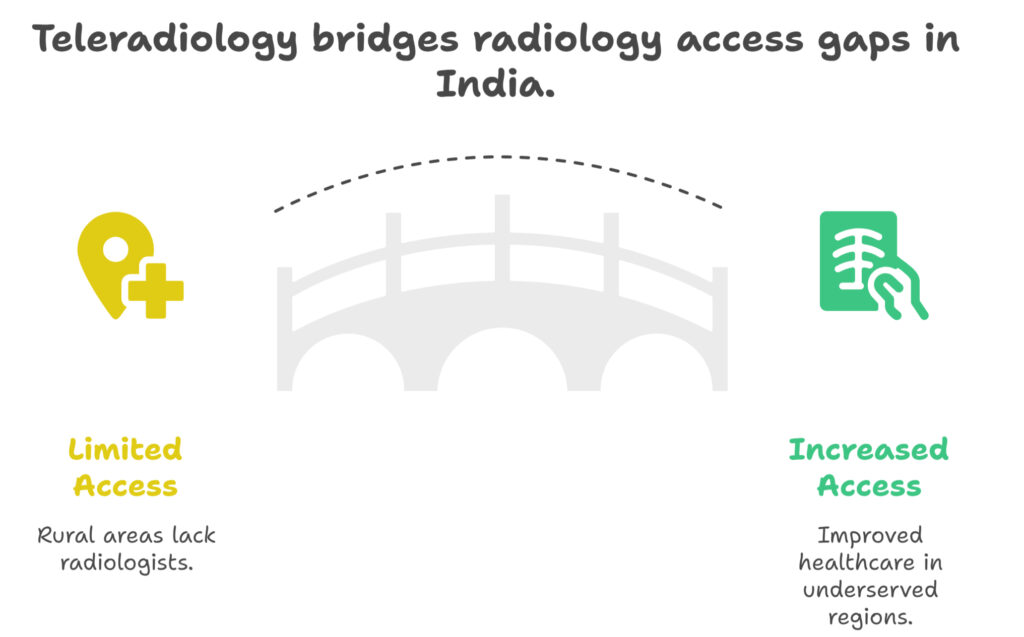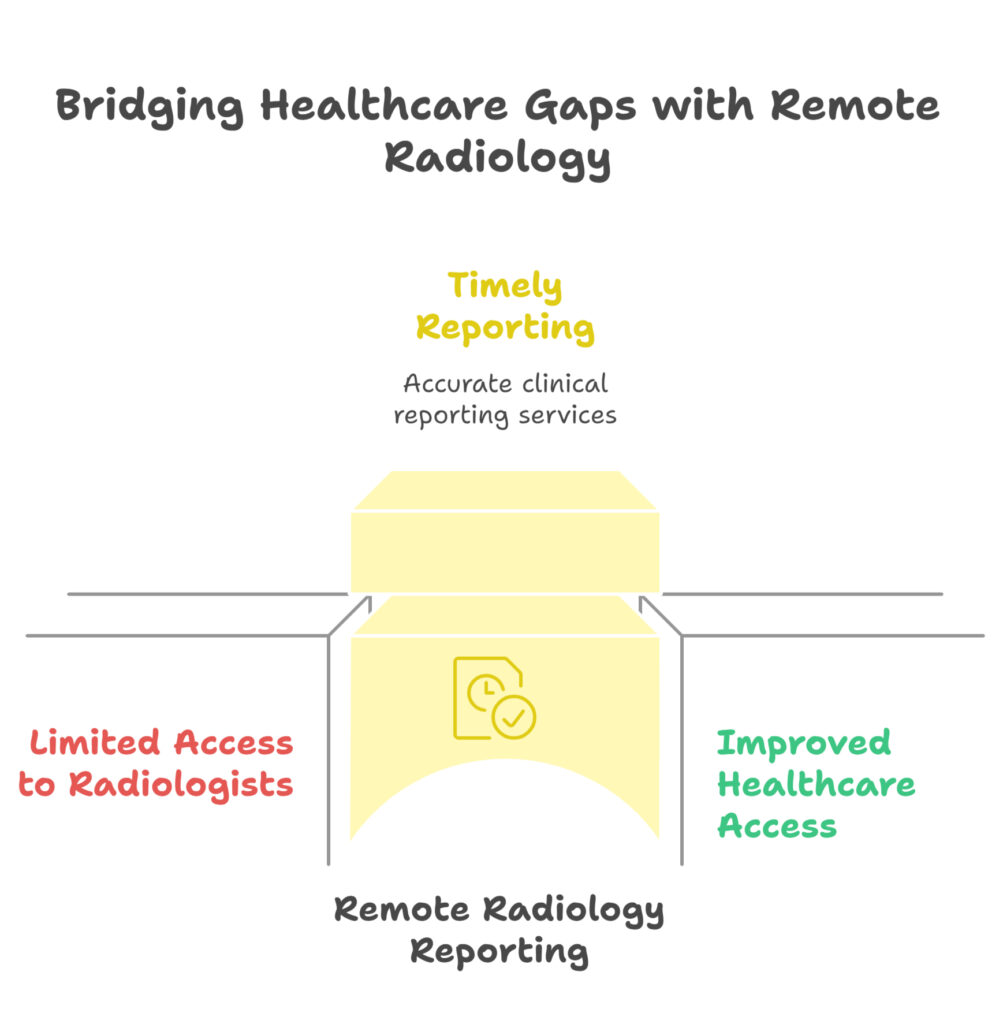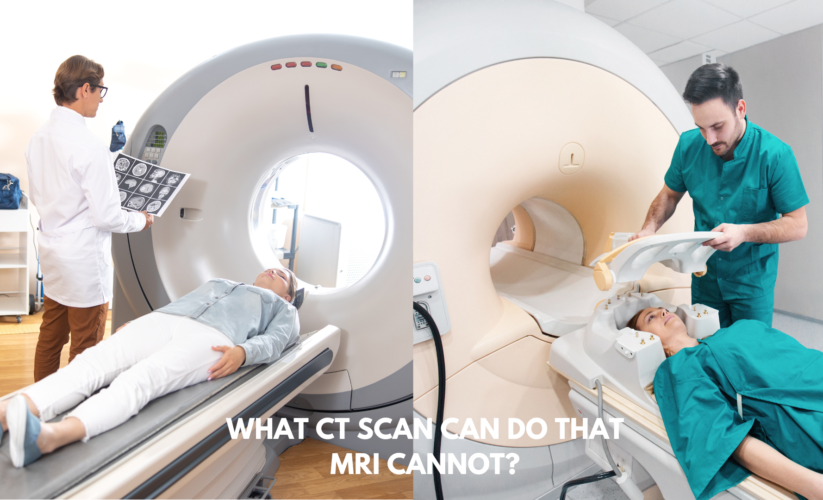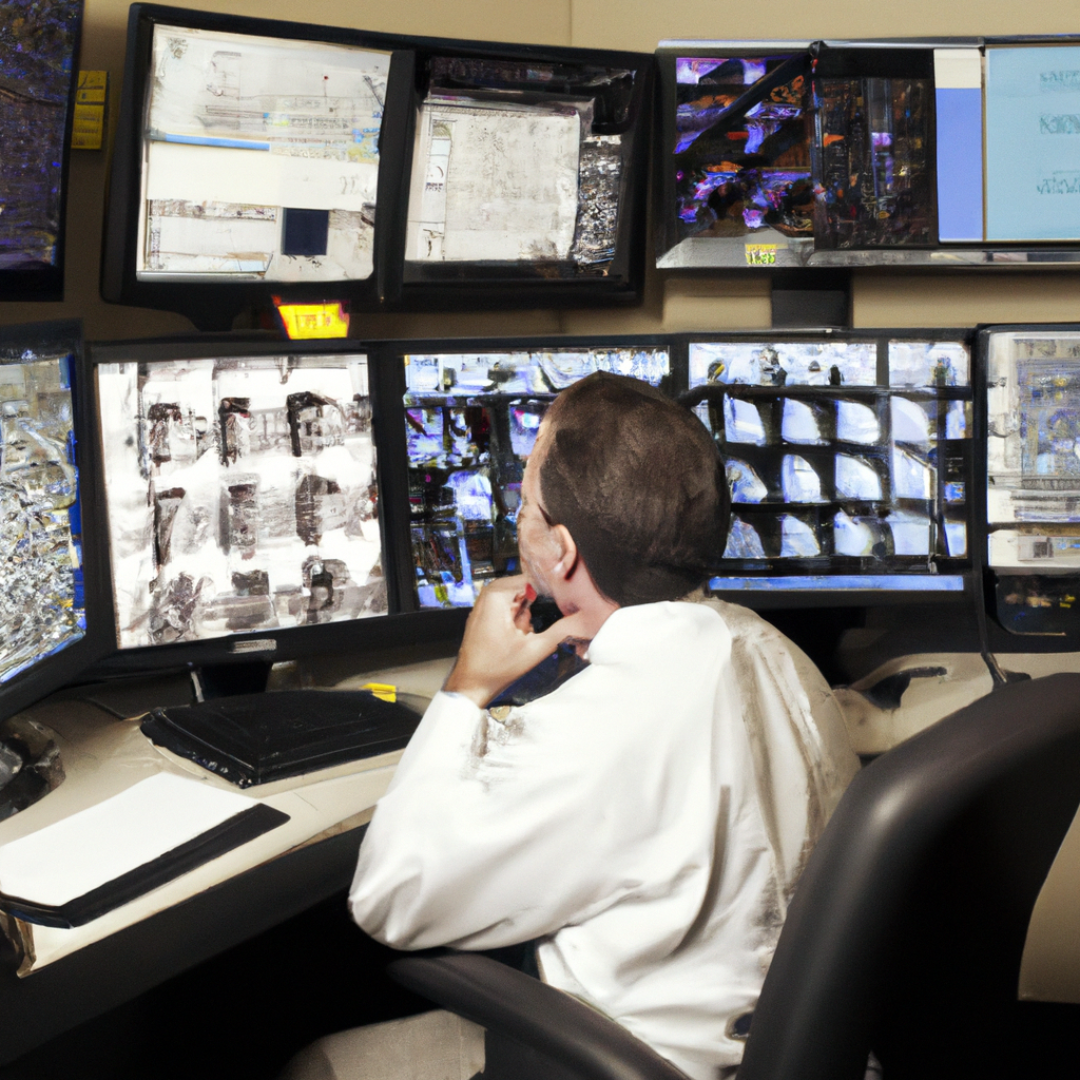Remote Radiology in India: Everything You Need to Know
By oshininfotech

In recent years, Remote radiology reporting, or teleradiology, has emerged as revolutionary technology in diagnostic imaging. This allows radiologists to sit in remote locations and report medical imaging remotely with the added benefit of communicating their radiology reporting service back to a hospital or diagnostic center in real-time. This capability has revolutionized healthcare in India, increasing accessibility by overcoming barriers faced in rural regions and tier-2 and tier-3 cities, where skilled radiologists are not always present.
With the growth of digital healthcare, Indian teleradiology companies are now playing a pivotal role in the global healthcare landscape. Let’s understand what remote radiology is, how it works, why it is gaining popularity, and how India is becoming a leading hub for outsourcing radiology reports.

What is Remote Radiology?
Remote radiology, referred to as teleradiology, refers to the transmission of radiological patient images, including XR, CT, MRI, and ultrasound images, from one place to another with the intention of sharing studies with the radiologists and/or physicians. The images are read and interpreted off-site, enabling rapid report generation following prompt diagnosis by a radiologist remotely.
Read more: A Comprehensive Guide to Tele Radiology

Why Remote Radiology Reporting Matters
In India, a considerable percentage of people live in areas that have limited access to specialty medical professionals, especially radiologists, and these gaps can hinder prompt diagnosis and treatment. Remote radiology reporting solves this issue by providing timely and accurate clinical reporting services, wherever the patient is located.
Some key benefits include:
Faster diagnosis: Emergency scans can be reported within minutes.
Cost-effective solutions: No need to hire full-time radiologists in every center.
Access to specialists: Rural clinics can access top-tier radiologists.
24/7 service: Many teleradiology firms operate round-the-clock.

How Does Remote Radiology Reporting Work?
The process of remote radiology is straightforward and secure:
Image Acquisition: The imaging center performs the diagnostic scan.
Image Transmission: The digital images are uploaded to a cloud-based or PACS (Picture Archiving and Communication System).
Report Generation: A radiologist, located remotely, accesses the images and prepares a diagnostic report.
Report Delivery: The final report is sent back electronically to the referring physician or hospital.
This workflow enables diagnostic centers to function seamlessly, especially in regions where radiologists are scarce.
Read more: Teleradiology for Hospitals

Growth of Indian Teleradiology Companies
India is quickly becoming a worldwide center for teleradiology services. Many Indian teleradiology companies are providing hospitals in India and overseas with high-quality, cost-effective, and timely radiology reporting services. Facilities are turning to India’s providers because of the significant number of qualified, well-trained radiologists, excellent English, and the fact that India has some of the best digital connectivity compared with any other country.
Some of the leading teleradiology companies in India provide:
- 24/7 emergency reporting
- Subspecialty reads (neuro, musculoskeletal, oncology, etc.)
- Second opinion services
- AI-integrated reporting tools
This has led many hospitals, especially in the US, UK, Australia, and the Middle East, to outsource radiology reports to India for fast and reliable interpretation.
Advantages of Outsourcing Radiology Report to India
There are several advantages to outsourcing diagnostic services, particularly radiology reporting to India:
1. Cost Savings
Indian teleradiology companies provide top-class services at about a quarter of the cost available in developed nations. This is one of the main reasons for the increase in outsourcing radiology report type tasks to India.
2. Beyond Hours
Indian providers can help hospitals in Western countries with night time services, due to time zones. With Indian radiologists delivering reports while hospitals are closed during the night, there can be reports waiting for radiologists to sign from the follow-up period, enabling a busy radiology suite to continue reporting during the day.
3. Skilled Workforce
There is a growing supply of board-certified radiologists in India who are accustomed to museum quality and universally accepted scales of clinical diagnosis.
4. Technologically Advanced Solutions
Indian providers use leading-edge AI toolsets, PAOCS, and encrypted controlled access and communication protocols to ensure safety and accuracy of the digital data.
5. Scalable Services
Whether cloistered in a alleviated area or part of a multicenter hospital network, collaborative clinical reporting services from India can offer scalable services right from the introductory level to hospital systems usage.
Remote Radiology Reporting in Indian Healthcare
Remote radiology is not just about serving international clients—it has significant implications for Indian healthcare too. Here’s how:
Bridging Urban-Rural Gaps
Tier-2 and rural hospitals often lack full-time radiologists. Remote radiology reporting ensures patients get the same level of diagnostic care as they would in a metro city.
Improved Emergency Response
In trauma or stroke cases, every second counts. Teleradiology enables immediate access to specialist opinions, facilitating faster treatment.
Affordable Care
Outsourcing radiology report tasks within India itself can help small clinics and hospitals reduce operational costs.
Applications of Remote Radiology Services
Emergency and trauma care: Rapid reporting for CT brain scans, chest X-rays, or spinal injuries.
Specialty diagnosis: Ability to consult with subspecialist for complicated MRI or oncology cases.
Second opinion: Patients and doctors can request a second read from the experts across the nation or internationally.
Academic and research institutions: Can take advantage of teleradiology reporting for case studies and research analysis.
Government health initiatives: Public hospitals can utilize radiology reporting services without the costs of an on-site radiology workforce.
Challenges in Remote Radiology Reporting
While the advantages are clear, there are some challenges to consider:
Internet Dependency: High-speed internet is a must for timely image transmission.
Data Security: Patient confidentiality and data encryption are critical.
Licensing & Compliance: Reports must be validated by radiologists licensed in the operating region.
Technology Training: Smaller centers may require training on PACS systems and image handling.
However, many Indian teleradiology companies provide complete support and training to address these concerns.
The Future of Remote Radiology in India
As India transitions to a digitally integrated healthcare system with the introduction of Ayushman Bharat and the National Digital Health Mission (NDHM), remote radiology reporting will become even more important in driving better access to quality diagnostic radiological services.
AI-assisted clinical reporting services are also picking up traction, as algorithms instil faster analysis of images, especially for routine imaging in areas such as chest X-ray reporting, fracture detection, and lung nodules.
Telemedicine platforms have begun to integrate teleradiology services as an integral part of the platform, so virtual patient journeys can be managed and delivered from referral to diagnosis to treatment.
Conclusion
Remote radiology reporting is reshaping how India delivers diagnostic care. It offers a powerful combination of speed, accuracy, affordability, and accessibility. Whether it’s a rural hospital in Uttar Pradesh or a private clinic in Mumbai, remote radiology allows everyone to access top-tier diagnostic services.
With the rise of Indian teleradiology companies, both domestic and international healthcare providers can benefit from reliable and efficient clinical reporting services. As the demand grows, so does India’s reputation as a preferred destination for outsourcing radiology reports—driven by technology, talent, and trust.
For hospitals, clinics, and diagnostic centers looking to optimize their operations and deliver better patient outcomes, adopting remote radiology reporting is no longer just an option—it’s a necessity.




